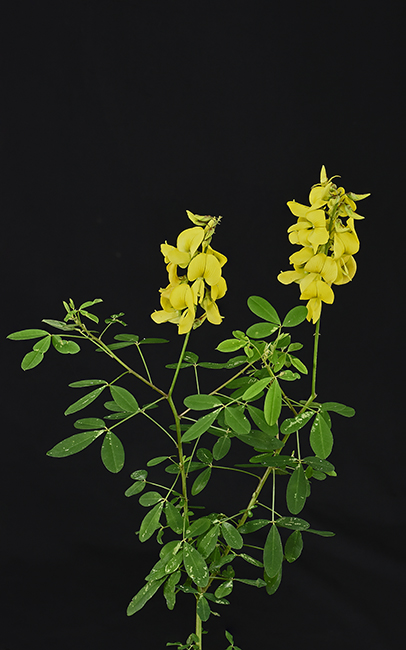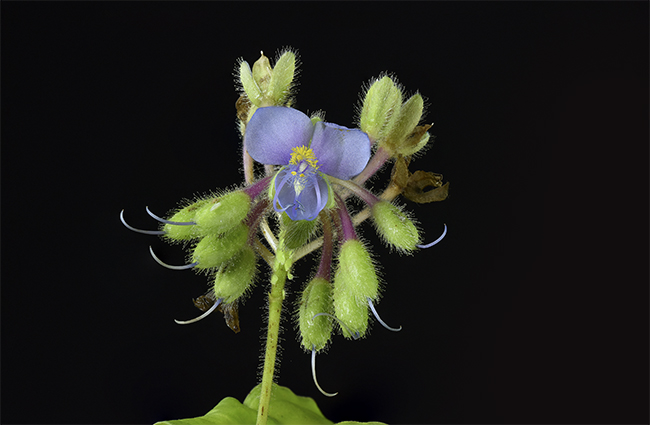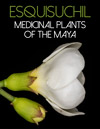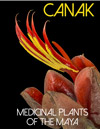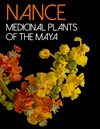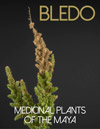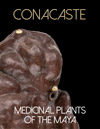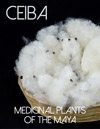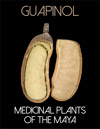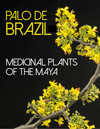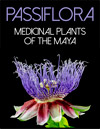Even in the swamps, even in the deserts; also in the mountains so high that almost no trees grow: in every eco-system you can find medicinal plants. After all, there were Mayan, Xinca, and other cultures thriving in Guatemala for thousands and thousands of years before the Spanish conquest.
There are many capable Guatemalan biologists who have published helpful articles and monographs on medicinal plants. We interact with biologist Armando Caceres and he has provided hospitality at his ethnobotanical research garden in the Costa Sur area of Guatemala. We recently met a local medical doctor who had an interest in local medical plants (he was sitting in the same row on a recent plane to USA). Where we at FLAAR can contribute is our experience with high-resolution digital photography to document the medical plants before they are exterminated by open pit mining, commercial plantations of modern agro-business, housing developments, and all the other unfortunate kinds of decimation of natural resources which is taking place in every country on the planet.
Our long range goals is to move forward on the medical potential of Mayan medicinal plants
To have all our information, our field experience, our unprecedented photographic archive, available to a medical association, or to a medical university, or to a pharmaceutical company so they can learn and utilize this knowledge to advance modern medical breakthroughs. Any university, institute, association, foundation, or company who funds the project will be provided the information in advance, plus will have access to learn personally from our staff about our findings.
Once the material is harvested, and available to the benefactor, it would he useful to have the photographs available for professors around the world, organized by the experienced graphic designers of the FLAAR Reports team, to offer PowerPoint format presentations, each plant, species by species. These PPT and PDF presentations can carry the logo of the sponsoring and supporting funder of the photographic rescue of medicinal plants of Guatemala.
To have available for professors, students, medical teams, bibliographies on each medicinal plant, so they can more quickly learn about each plant. These bibliographies would be delivered to the funder of the project.
To list and indicate which medical plants and which eco-systems are endangered, so these plants and eco-systems can be more thoroughly explored while they still exist (before they are obliterated by bulldozers).
And equally important, to preserve the Mayan heritage of what was available to them for several thousand years.
Our goal is not to suggest returning to using pre-Columbian medicine; our interest is to preserve this knowledge while improving the potential of modern laboratory-based medicine. At the same time, it helps to be realistic, to comprehend that there are many aldeas and communities which are so far from any pharmacy that any slogans about modern medicine in these remote areas are wishful thinking.
In these remote areas, thousands of people, still today, depend on local plants for survival. We aspire to preserve this heritage of Mayan herbal medicine. After all, if you look at the background of modern clinical medicine, I estimate a lot came from plants of Egypt and the Middle East, Greece, Roman Empire, and Asia.
So we look forward to medical breakthroughs today from the plants of Mesoamerica of three thousand years of Mayan development in Guatemala.
Two photographs of a medicinal plant in our in-house ethnobotanical research garden. The depth of field, and the visibility of the fine hair-like wisps, is due to stacked focus technology, software, and the kind of lighting we specialize in (Westcott digital fluorescent studio lights). Camera is a 36 megapixel Nikon D810
Documentation of our experience searching, and finding, medicinal plants in Mesoamerica
Here are the front covers of a sample of the medicinal plant species which we have already found. The purpose of showing these is to document that we have experience in remote eco-systems throughout Guatemala and adjacent countries.
These are only front covers: funding is needed to finish the bibliographies, tabulation of uses, list of all common names of Mayan medicinal plants (names in Q’eqchi’ and the dozen other viable Mayan languages of Guatemala).
Each of these front covers represents a chapter in a future multi-volume book on the estimated 300 to 450 medicinal plants of Guatemala.
You can also check our Bibliography on Mayan Medicinal Plants on our Maya-Art-Books site.
First posted September 28, 2015


